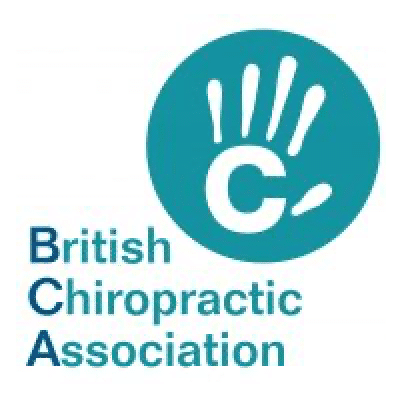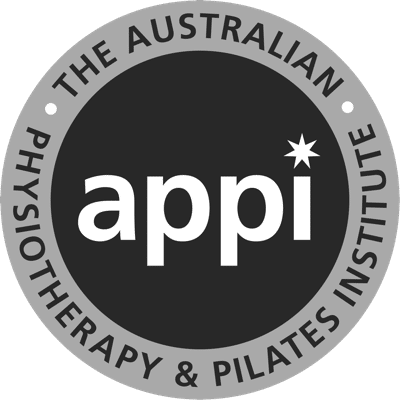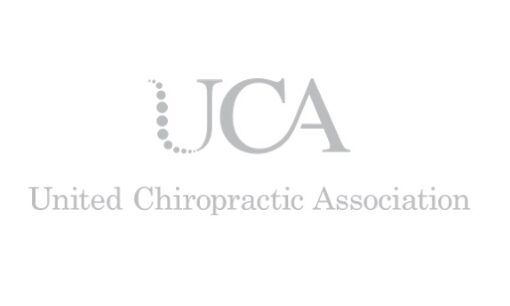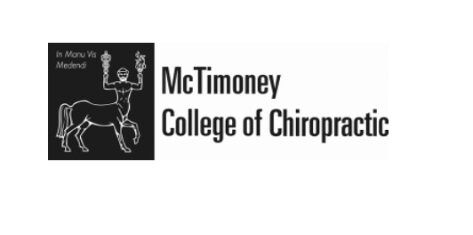Top Tips For Dealing With Osteoarthritis
Osteoarthritis is where a joint ages over time. On an x-ray, the affected joint doesn’t look as perfect as it was once before. It is the most common type of arthritis in the UK.
It can affect any joint from the spinal joints to the peripheral joints. Most commonly it causes problems in the knees, hips, shoulders and hands.
Symptoms include: pain, stiffness, tenderness, swelling and crackling or grating sounds in the affected joints. It can affect all ages. Some people experience mild symptoms that come and go. For others the symptoms can be severe, making it difficult to exercise and carry out every day tasks.
What causes osteoarthritis?
It is important to stress that osteoarthritis is a normal part of ageing, just like developing wrinkles on our skin as we age. Everyone will get osteoarthritis at some point. Some people develop it at a younger age than others, and some people may experience more symptoms than others.
As part of normal life, your joints are exposed to a constant low level of stress. In osteoarthritis, the protective cartilage on the ends of your bones is thinner and the quality isn’t so good. Consequently, this can cause pain, swelling and problems when moving the joint.
Joint changes in scans don’t always correlate with symptoms. For example, some people experience minimal to no symptoms, but their x-ray shows significant osteoarthritis. Others with only mild joint changes can experience severe symptoms.
Why do some people get pain with osteoarthritis, whilst others don’t?
Osteoarthritic symptoms are more likely to develop with anything that increases resting levels of inflammation.
Numerous factors such as: smoking, being overweight, stress, anxiety, depression, lack of sleep, diet, lack of exercise, injury and surgery can all increase the bodies resting inflammatory levels. Over enough time, the inflammatory chemicals can stimulate the joint capsule that sits around the joint to produce more joint fluid. Therefore, the joint then becomes inflamed. This accelerates osteoarthritic changes and enhances symptoms.
Several things increase your risk of developing osteoarthritis, a few examples include:
- Age. As we get older, the chances of osteoarthritis increases.
- Family history. Symptomatic osteoarthritis and onset of osteoarthritis at a young age may run through families.
- Previous joint injuries or joint surgery. Particularly if you’re overusing the joint when it has not had enough time to heal, strengthen or work through a rehabilitation program.
- Obesity. The effect of obesity on your resting inflammatory levels can accelerate osteoarthritis. The heavier you are, the more load and excess strain is placed on your joints. This is true in weight bearing joints such as hips and knees.
Treatment
Physical activity and exercise can really help. It should be used as the main treatment for osteoarthritis. We know that the effects of physical activity, alongside modifying other lifestyle factors including nutrition habits, stress and weight management, can cause a significant improvement in symptoms.
It is important to stress that physical activity and exercise will not further damage joints or worsen osteoarthritis progression.
Exercise in it’s own right is anti-inflammatory and can help reduce inflammation. Exercise also helps improve joint tolerance. As clinicians we experience huge benefits with our patients pain, strength, flexibility and function when we progressively load and exercise their joints. Numerous research studies agree that engaging in moderate-to vigorous physical activity, consistent with physical activity guidelines, is not associated with radiographic knee osteoarthritic progression and is safe.
We are pleased to read that the NHS NICE guidelines for osteoarthritis have recently been updated and highlight that:
“Exercise is good for people with osteoarthritis and should be a “core treatment”… It may hurt to begin with, but can then ease pain and help individuals with osteoarthritis stay supple, healthy and slim”.
Did you know that commonly the painful joint is not the bad guy?
Often it has become sore because it is being made to do too much work. This will be due to something else not pulling its weight. This is why it is important to seek help and guidance. A physiotherapist will help you find the root course of the problem. Additionally, they will also prescribe a treatment plan involving specific exercises to encourage the areas not pulling their weight to work harder. This will help take some of the load away from the sore joint, which will help improve symptoms.
Although exercise is key to helping manage osteoarthritis, it is also important to learn how to ‘pace’ yourself. This is particularly important if you are experiencing flare ups of osteoarthritis symptoms. Pacing your exercise will help you to keep active whilst allowing your joint to heal, build up its tolerance and prevent it from being overloaded.
Philippa’s top tips for helping osteoarthritis:
- Keep active. Work on keeping your muscles strong and joints flexible. Exercise will help improve inflammatory levels and the integrity of the joint. If your symptoms are stopping you from participating in your favourite exercise, try another activity that enables you to keep exercising in the meantime.
- Get in touch with a physiotherapist. They will help advise you on the cause of your symptoms and guide you with a specific exercise based treatment program. This program will target your needs and allow you to work towards getting back comfortably to your daily activities, hobbies and sports.
- Maintain a healthy weight and diet. This will help reduce adverse joint loading and keep inflammation down.
- Cut down alcohol consumption. This will help reduce inflammation.
- Don’t smoke.
- Pace yourself. Get advice on how to manage your condition yourself. Learn how to pace yourself to help prevent flare ups. Your physiotherapist or chiropractor can help you with this.
- Use ice packs over painful joints. Ice is a wonderful medication that can act as a direct painkiller. You can use an ice pack every 1-2 hours for up to 15-20 mins at a time.
- Consider starting pilates. Pilates helps develop your core strength, general strength, flexibility, balance and coordination. The aim of pilates is to help you move as efficiently as possible. This will help you carry your body weight evenly, using both your arthritic and non-arthritic joints.
- Seek advice early. If you are experiencing only mild symptoms or a niggle, don’t wait for your symptoms to worsen before seeing a chiropractor or physiotherapist. This is the time to go! Treating symptoms early will save you loads of time and effort with symptoms in the long run and less treatment sessions will be needed.
























